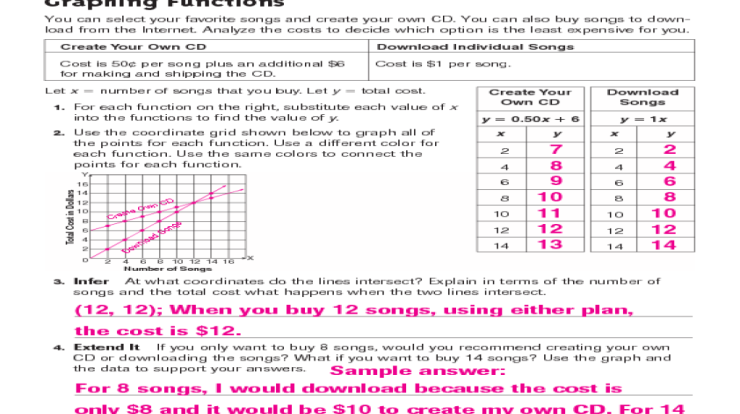Practice 10-5 trigonometry and area – In this comprehensive guide, we delve into the fascinating world of trigonometry and area measurement, exploring their fundamental concepts and demonstrating their practical applications in various fields. From understanding trigonometric ratios to calculating the area of complex shapes, we provide a thorough overview that will empower you to solve real-world problems with confidence.
Trigonometry, the study of relationships between angles and sides of triangles, plays a crucial role in fields such as navigation, engineering, and architecture. Area measurement, on the other hand, involves determining the extent of a two-dimensional surface, with applications in land surveying, construction, and design.
Practice 10-5 Trigonometry
Trigonometry is a branch of mathematics that deals with the relationships between the sides and angles of triangles. It has numerous applications in real-world situations, such as navigation, surveying, and engineering.
Trigonometric ratios are used to describe the relationships between the sides and angles of a right triangle. The three main trigonometric ratios are sine, cosine, and tangent. Sine is defined as the ratio of the length of the opposite side to the length of the hypotenuse.
Cosine is defined as the ratio of the length of the adjacent side to the length of the hypotenuse. Tangent is defined as the ratio of the length of the opposite side to the length of the adjacent side.
| Ratio | Definition |
|---|---|
| Sine | Opposite/Hypotenuse |
| Cosine | Adjacent/Hypotenuse |
| Tangent | Opposite/Adjacent |
Area Measurement
Area is a measure of the amount of space occupied by a two-dimensional shape. It is measured in square units, such as square meters or square feet.
The formulas for calculating the area of common shapes are as follows:
- Triangle: A = (1/2)bh
- Rectangle: A = lw
- Circle: A = πr 2
Area measurement is used in a variety of real-life applications, such as determining the size of a room, calculating the amount of paint needed to cover a wall, or measuring the area of land.
Combined Practice
The following problems combine concepts from trigonometry and area measurement:
- A ladder is leaning against a wall. The base of the ladder is 10 feet from the wall, and the top of the ladder is 15 feet above the ground. What is the angle between the ladder and the ground?
- A rectangular garden is 20 feet long and 15 feet wide. A triangular flower bed is located in one corner of the garden. The base of the flower bed is 10 feet, and the height of the flower bed is 8 feet. What is the area of the flower bed?
These problems can be solved by using the trigonometric ratios and the formulas for calculating the area of triangles and rectangles.
Applications in Real-World Contexts: Practice 10-5 Trigonometry And Area
Trigonometry and area measurement are used in a variety of fields, including:
- Architecture: Architects use trigonometry to calculate the angles of roofs and other structures. They also use area measurement to determine the size of rooms and other spaces.
- Engineering: Engineers use trigonometry to calculate the forces and stresses on bridges, buildings, and other structures. They also use area measurement to determine the size of components and the amount of materials needed.
- Navigation: Navigators use trigonometry to calculate the distance between two points and the angle of travel. They also use area measurement to determine the size of landmasses and bodies of water.
Accuracy and precision are important in these applications because even small errors can have significant consequences.
Interactive Learning Resources
There are a number of online resources and interactive tools that can be used to practice trigonometry and area measurement.
These resources can be used to supplement classroom instruction and provide additional practice for students.
FAQ
What is the primary application of trigonometry?
Trigonometry is primarily used to solve problems involving angles and distances, making it essential in fields such as navigation, surveying, and astronomy.
How is area measurement used in architecture?
Area measurement is crucial in architecture for calculating the size of rooms, floor plans, and building materials, ensuring efficient space planning and resource allocation.
What is the significance of accuracy in trigonometry and area measurement?
Accuracy is paramount in trigonometry and area measurement as even small errors can significantly impact the outcomes of calculations, leading to potential safety hazards or financial losses.
